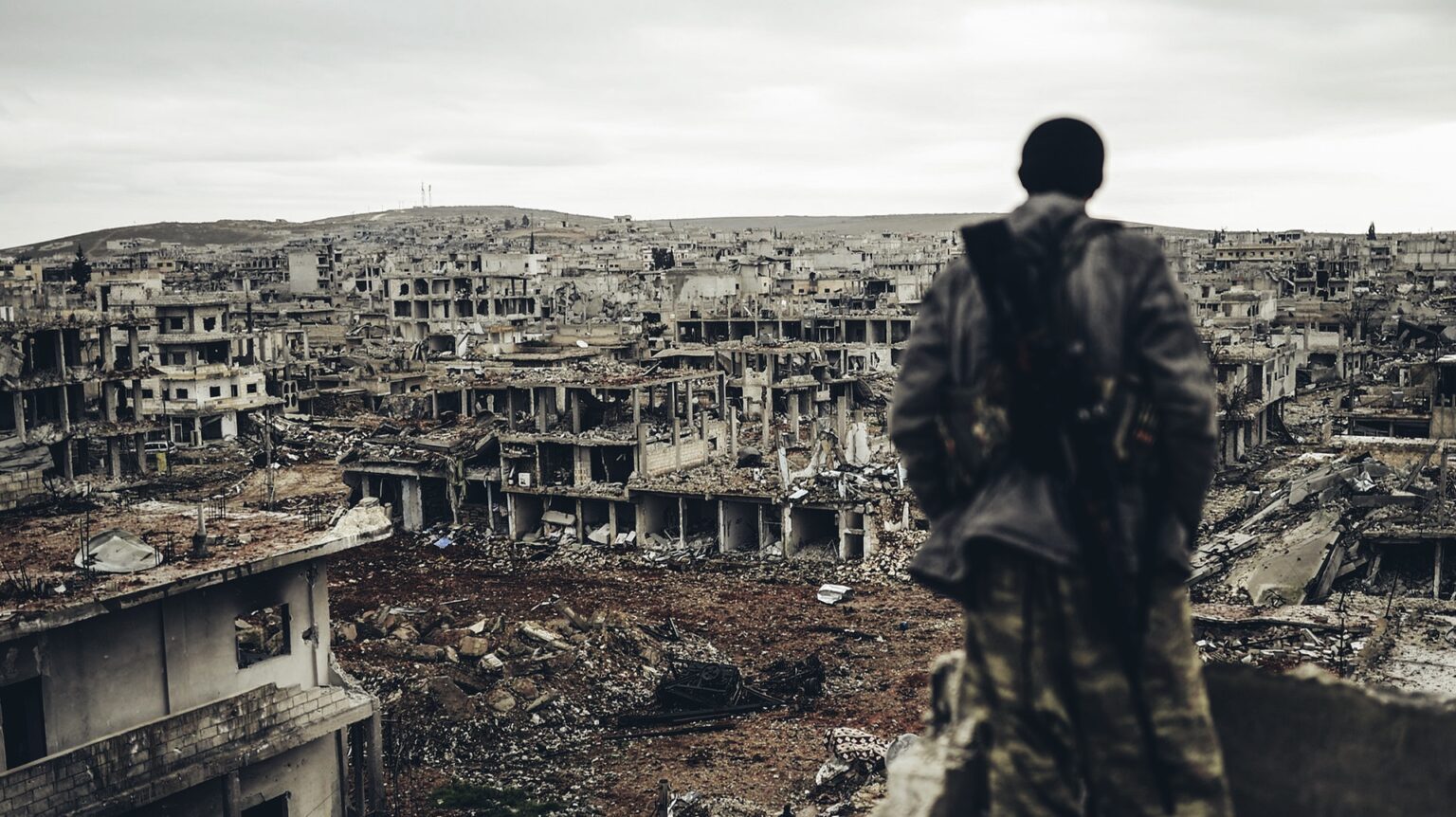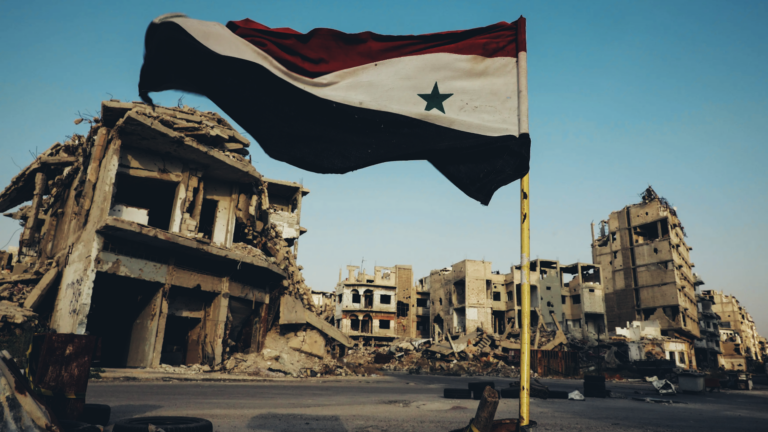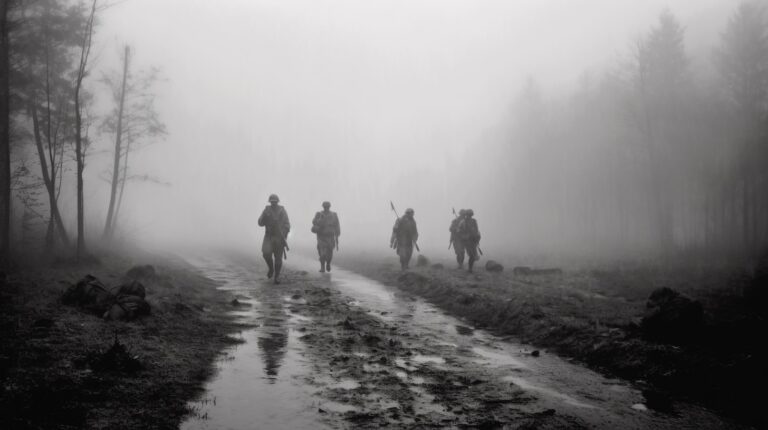Syria is a country located in the Middle East, bordered by Lebanon, Israel, Jordan, Iraq, and Turkey.
It has a complex and tumultuous recent history, marked by political, social, and humanitarian challenges.
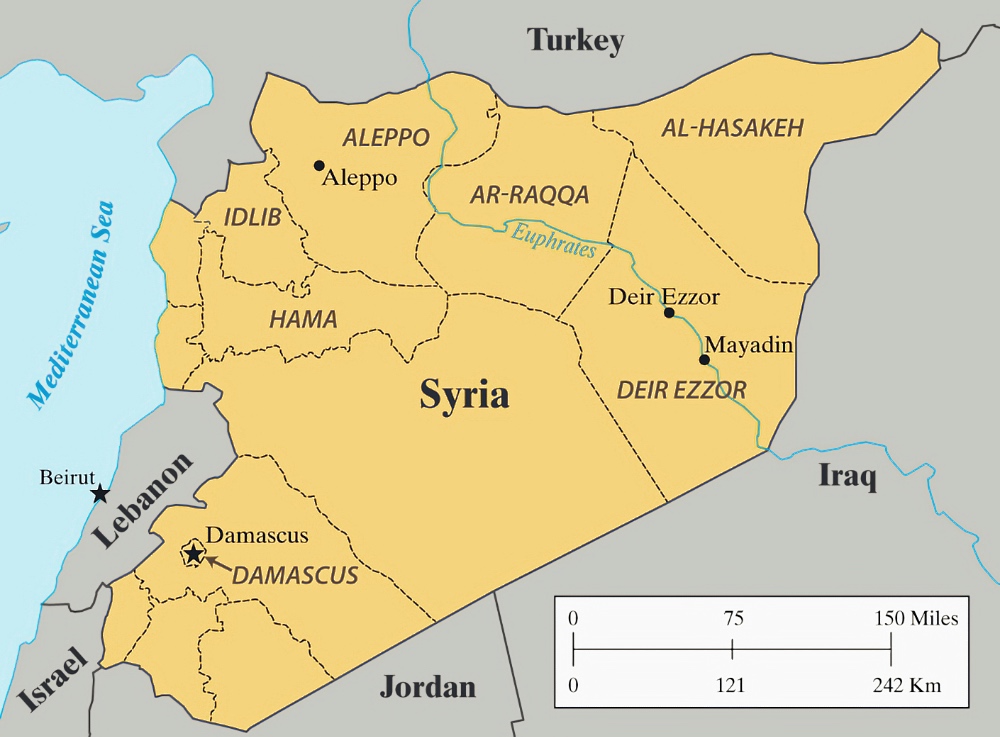
In 2011, Syria experienced a wave of protests as part of the Arab Spring movement, demanding ‘political reforms’ and ‘greater freedoms’. However, the protests escalated into a full-scale ‘civil war’, with multiple factions and international actors becoming involved.
What’s really going on?
The Syrian conflict is often misrepresented in Western media; it’s not a civil war but a war of conquest and regime change, with the main actors and funding coming from outside its borders. The United States, the United Kingdom, and France are pitted against Russia, Iran, and China in what has become a geopolitical proxy war. Despite Syria’s secular stance and a Sunni-majority army, external attempts to install a pro-Western government have been ongoing since the 1940s.
The Arab Spring was used by NATO and its allies to escalate protests into an armed conflict. The initial strategy relied on Islamist militias to take down the Syrian government.
In fact, already since the 1940s the US has repeatedly attempted to install a pro-Western government in Syria, such as in 1949, 1956, 1957, after 1980 and after 2003, but without success so far. This makes Syria – since the fall of Libya – the last Mediterranean country independent of NATO.
Source
When this failed due to the militias’ lack of air power, staged poison gas attacks were used as a pretext for NATO air intervention. This plan was thwarted by Russia and China at the United Nations (UN).
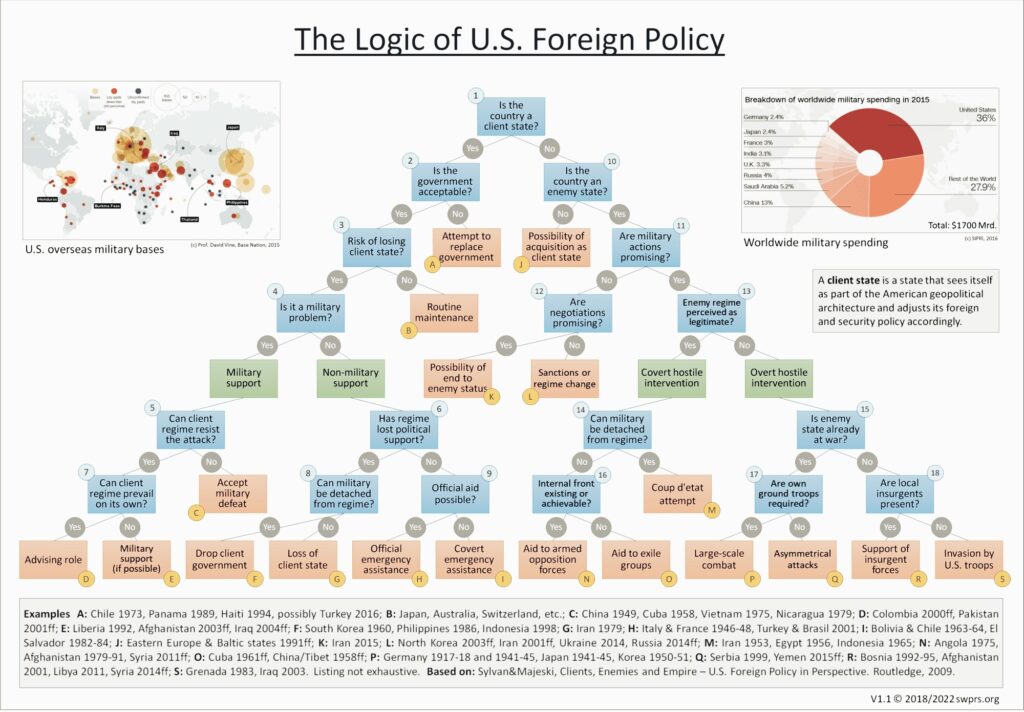
Subsequently, groups like ISIS were covertly established with the help of NATO partners, aiming to justify military intervention under the pretext of combating terrorism.
The conflict led to a division of Syria, with the west controlled by the Syrian government and the east by Kurdish-led forces backed by the US. This strategy caused a rift within NATO, as Turkey opposed a Kurdish-controlled border area. The complex interplay of forces saw Turkey fighting Kurdish forces in the north while supporting Islamists in Idlib against the Syrian army. Meanwhile, the US retained control over eastern Syrian oil fields as a bargaining chip.
Western media’s role in the conflict has been to frame it as a civil war, casting the rebels in a positive light and the Syrian government negatively. This narrative has been used to justify NATO’s intervention. However, leaks and whistleblowers have exposed covert Western arms deliveries to Islamist rebels and terrorists, challenging the legitimacy of the intervention.
Piers Robinson‘s work focuses on propaganda and related information wars, particularly propaganda surrounding Syria (and the chemical weapons narrative).


